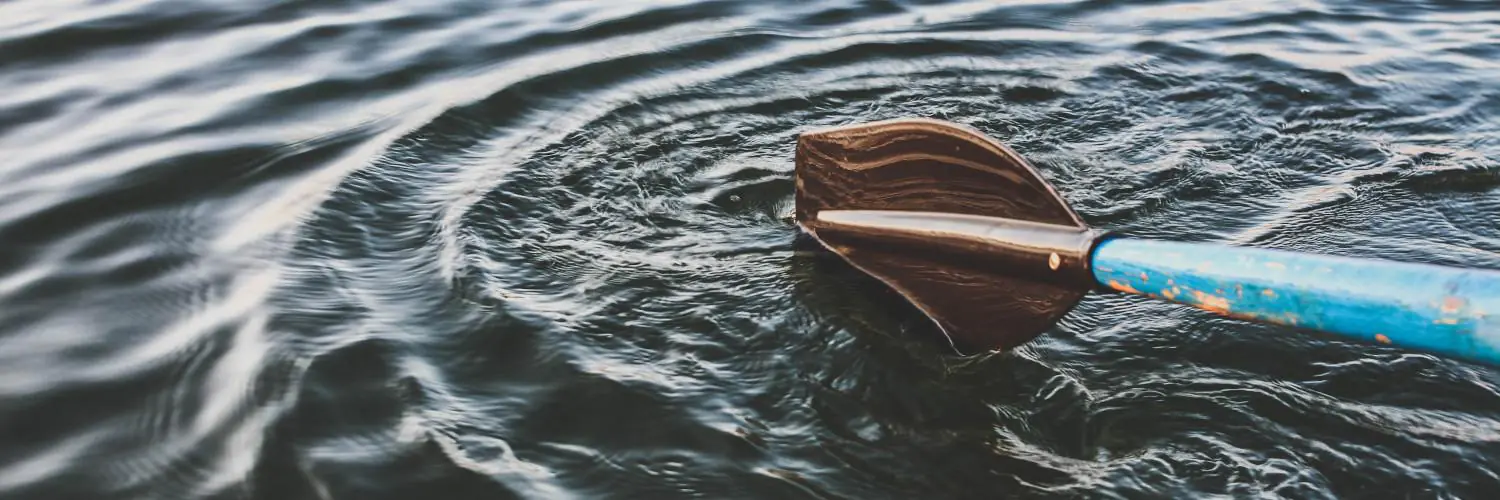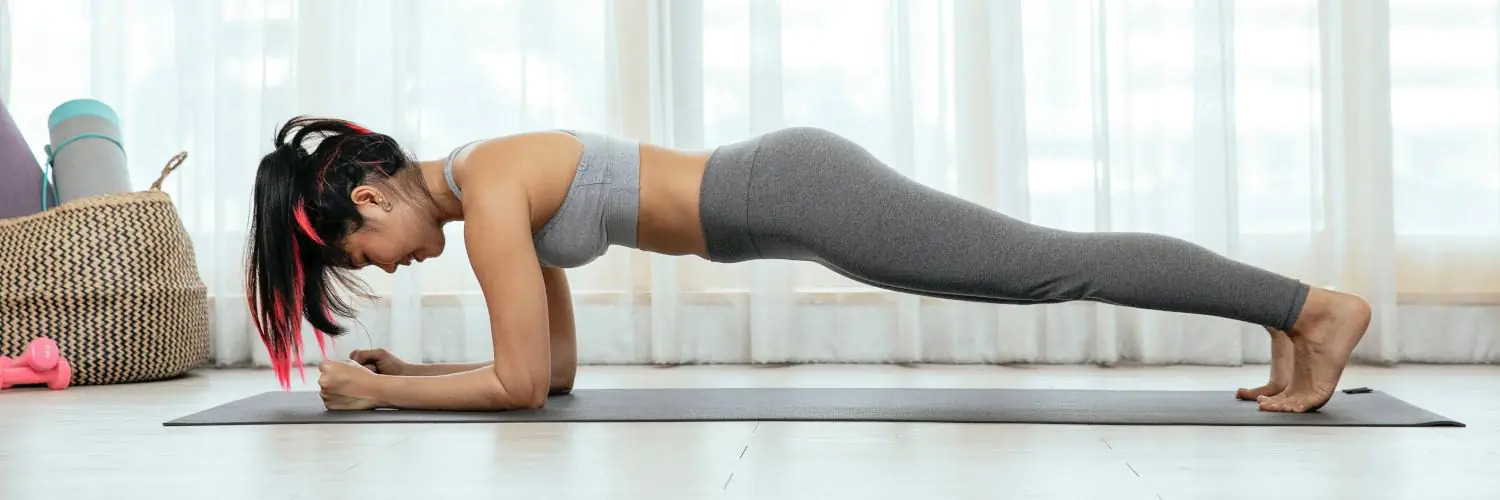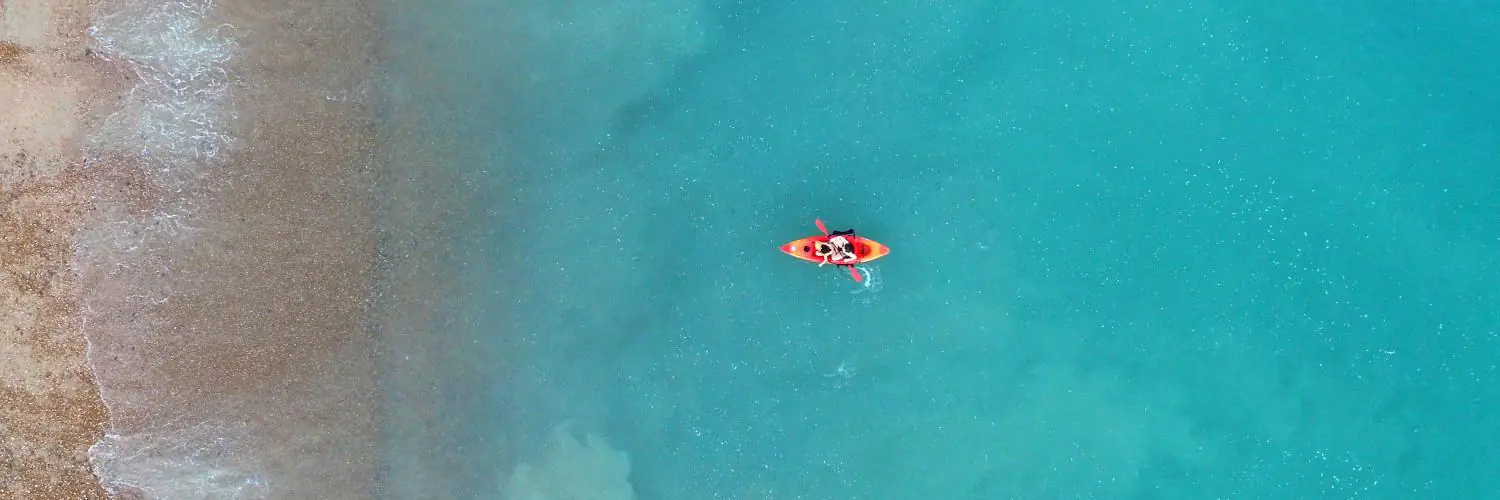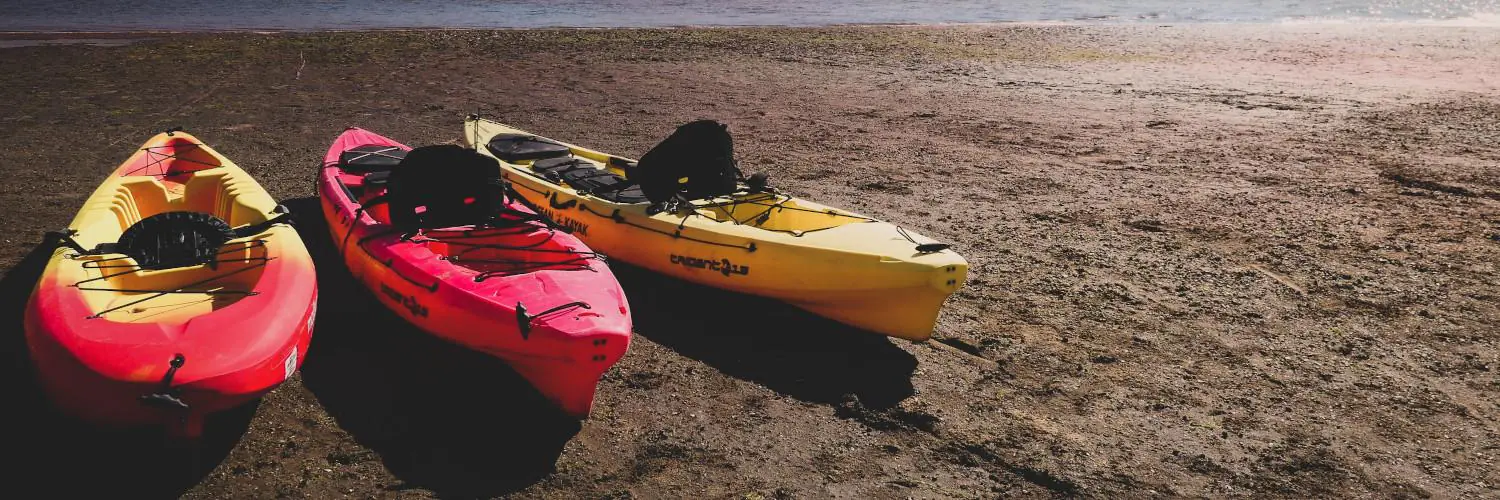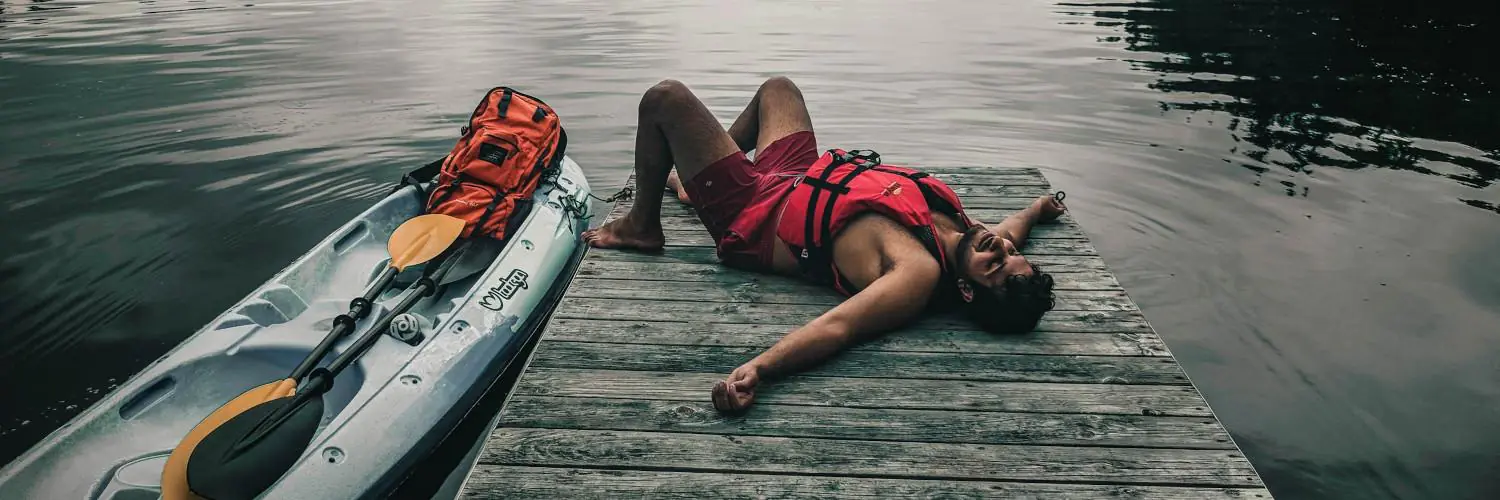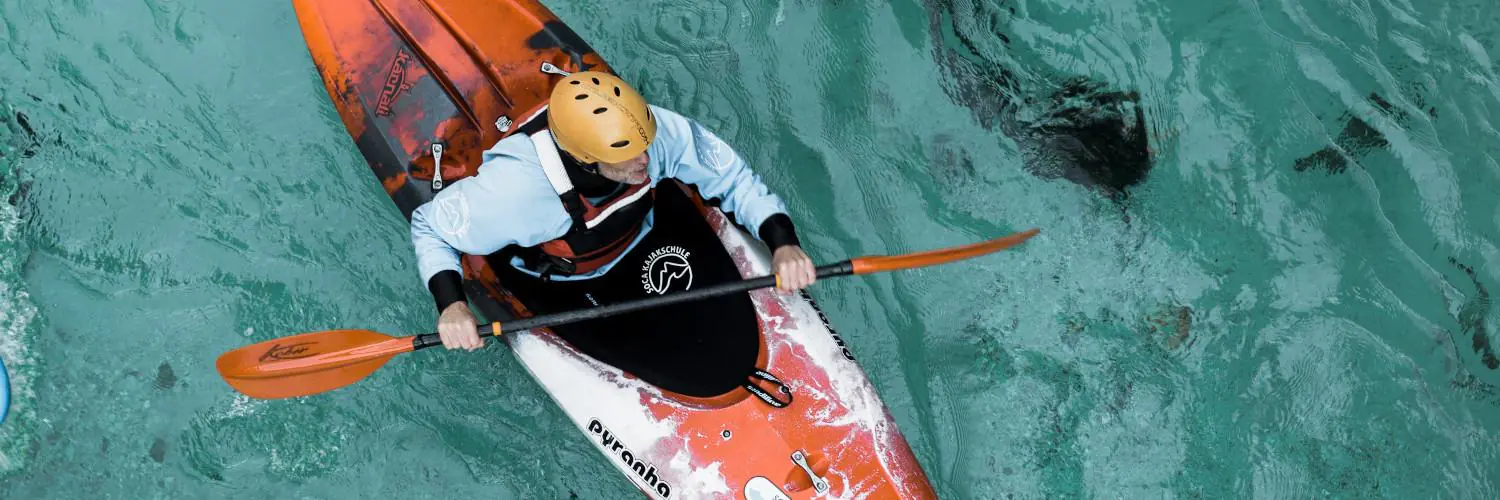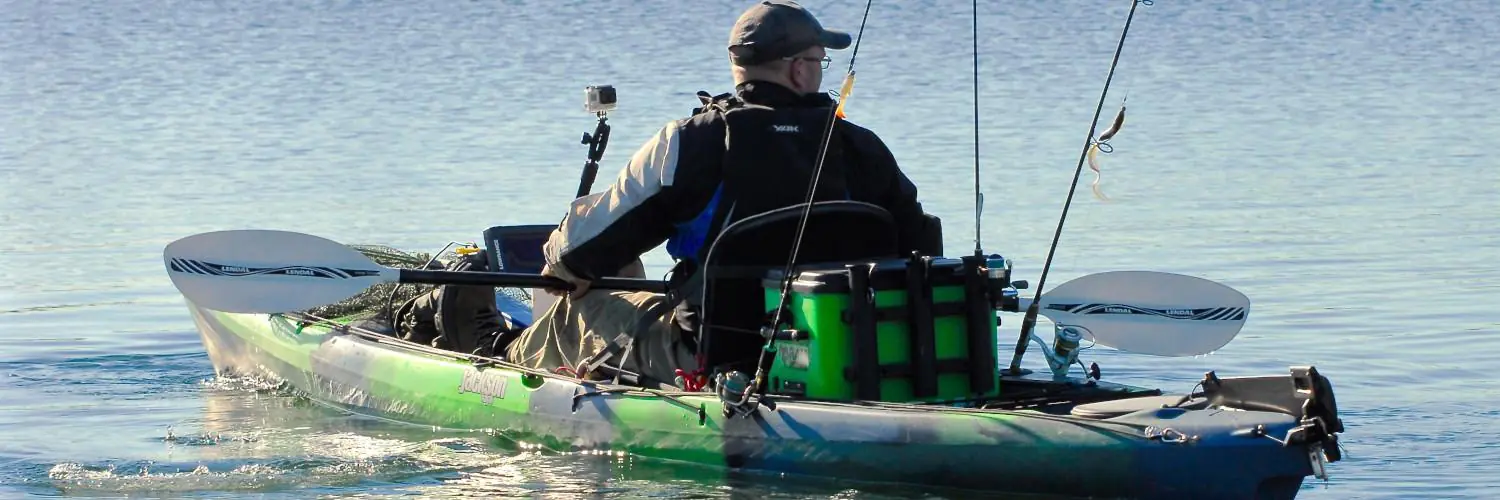Endurance kayak training builds the strength and stamina needed for long paddling trips. A well-designed program works on specific muscles used in kayaking. A good kayak training program includes both land and water exercises to boost performance.
Many kayakers start training 6-8 weeks before planned trips. They mix different workouts to target key areas. These often include exercises for the legs, hips, abs, and back. Some kayakers use circuit training with moves like kettlebell swings and pull-ups.
Regular practice on the water is also key for building kayaking endurance. Paddlers can slowly increase their time on the water each week. This helps the body get used to longer kayaking sessions. A mix of land and water training prepares kayakers for fun, safe trips.
Table of Contents
Fundamentals of Endurance Kayaking
Endurance kayaking requires a strong foundation of physical fitness and paddling technique. Building stamina and strength in key muscle groups is essential for long-distance paddling performance.
Understanding Endurance in Kayaking
Endurance in kayaking means being able to paddle for long periods without getting tired. It’s about keeping up a steady pace over time. Kayakers need both muscular endurance and cardiovascular fitness.
Muscular endurance helps kayakers repeat paddling motions without fatigue. This lets them cover more distance and paddle for hours. Cardiovascular endurance supports the heart and lungs during extended trips.
To build endurance, kayakers can start with 20-minute paddles at a moderate pace. They can slowly increase their time on the water. Adding short bursts of hard paddling can also boost endurance.
Key Muscle Groups for Kayakers
Kayaking works many muscles in the body. The main muscle groups used are:
- Core muscles (abdominals and lower back)
- Arm muscles (biceps, triceps, and shoulders)
- Back muscles (lats and rhomboids)
- Leg muscles (quads and glutes)
The core is crucial for stability and power transfer. Strong abs and back muscles help kayakers maintain good posture and avoid fatigue.
Arm muscles drive the paddle through the water. The back muscles help pull the paddle and rotate the torso. Leg muscles provide a stable base and help with boat control.
Kayakers should focus on exercises that target these muscle groups. This can include planks for the core, pull-ups for the back, and squats for the legs.
Developing a Kayak Training Program
A well-designed kayak training program builds endurance, strength, and technique. It mixes different types of exercises to improve overall paddling performance.
Creating a Balanced Exercise Plan
A good kayak training plan includes both on-water and off-water activities. On-water training focuses on paddling technique and endurance. Start with 20-minute sessions at a moderate pace. Gradually increase duration and intensity over 4-8 weeks.
Off-water exercises target key muscles used in kayaking. These include:
- Core strengthening (planks, Russian twists)
- Upper body work (push-ups, pull-ups)
- Lower body exercises (squats, lunges)
Add 2-3 strength training sessions per week. Begin with bodyweight exercises and progress to weights as fitness improves.
Include rest days to allow for recovery. This helps prevent injuries and burnout.
Incorporating Aerobic and Anaerobic Exercises
Aerobic exercises build endurance for long kayaking trips. These include:
- Long, steady paddling sessions
- Cycling
- Swimming
- Running
Aim for 3-4 aerobic workouts weekly, lasting 30-60 minutes each.
Anaerobic exercises improve speed and power. Use interval training to boost anaerobic fitness. Try this kayak interval workout:
- Warm up for 5-10 minutes
- Paddle hard for 3 minutes
- Rest for 1.5 minutes
- Repeat 5 times
- Cool down for 5-10 minutes
Do this workout 1-2 times per week. It helps build speed and stamina for kayaking.
Strength Training for Enhanced Paddling Performance
Strength training plays a key role in boosting kayak performance. It builds muscle power and endurance needed for long paddling sessions.
Resistance Training Techniques
Resistance training helps kayakers build strength for improved paddling. Use weights, bands, or bodyweight exercises. Do 3-5 sets of 6-10 reps to increase power. For better endurance, try 3-5 sets of 12-15 reps.
Mix in exercises like:
- Kettlebell swings
- Overhead presses
- Pull-ups
- Push-ups
These moves target muscles used in kayaking. Aim to train 2-3 times per week. Rest between sessions to let muscles recover.
Exercises for Paddling Strength
Focus on exercises that mimic paddling motions. This builds strength that transfers directly to kayaking.
Key exercises:
- Cable rows
- Lat pulldowns
- Russian twists
- Planks
Add squats and lunges to build leg strength for boat control. Goblet squats with a kettlebell are great for core stability.
Do cleans to boost explosive power. This helps with quick paddle strokes. Aim for proper form over heavy weights to prevent injury.
Include core work in every session. A strong core improves balance and power transfer while paddling.
Technique and Stability
Good paddling technique and stability are key for endurance kayaking. These skills help you move faster and stay safe on the water.
Perfecting the Paddling Technique
The forward stroke is the most used paddling move. To do it right, sit up straight and twist your torso. Keep your arms slightly bent. Put the paddle in the water near your feet. Pull it back along the side of the kayak.
The sweep stroke helps you turn. Start with the paddle at your toes. Make a wide arc to the back of the boat. This stroke works your core muscles.
Practice these moves on flat water first. As you get better, try them in rougher water. Good form will help you paddle longer without getting tired.
Balance and Stability Drills
A stable kayak makes paddling easier. To improve balance, try sitting in your kayak on dry land. Lift your feet off the ground and hold for 30 seconds.
On the water, practice edging your kayak. Lean to one side and hold it. This trains your core and legs to keep you steady.
Do torso twists while sitting in your kayak. This builds core strength and mimics the paddling motion. Start with 10 twists on each side.
Off the water, try standing on one leg. This builds overall balance. Add arm movements to make it harder. These drills will make you more stable in your kayak.
Conditioning and Mobility for Longevity
Kayakers need good flexibility, mobility, and stamina to paddle long distances comfortably. The right training can help paddlers stay injury-free and improve performance on the water.
Enhancing Flexibility and Mobility
Flexibility allows kayakers to move freely through their full range of motion. Daily stretching keeps muscles and joints limber. Focus on shoulders, back, hips, and legs.
Dynamic stretches before paddling warm up muscles. Static stretches after paddling increase flexibility. Yoga poses like cat-cow and downward dog are great for kayakers.
Core rotation exercises boost paddling power. Try Russian twists or medicine ball rotations. Back extensions strengthen the lower back to prevent pain on long trips.
Resistance bands are useful tools for mobility work. Use them for shoulder rotations and leg stretches. Foam rolling tight muscles also improves mobility.
Building Stamina for Long-Distance Paddling
Kayakers need strong cardiovascular fitness to paddle for hours. Start with 20-30 minute sessions at a steady pace. Gradually increase time and intensity over 6-8 weeks.
Mix in interval training to boost endurance. Try 3-minute hard paddling bursts with 90 seconds of rest. Repeat 5 times. This improves speed and recovery.
Cross-training with running, cycling, or swimming builds overall fitness. Aim for 3-5 cardio workouts per week, 30-60 minutes each.
Strength training helps prevent fatigue. Focus on core, back, and shoulders. Planks, rows, and push-ups are good choices. Start with bodyweight and add resistance over time.


